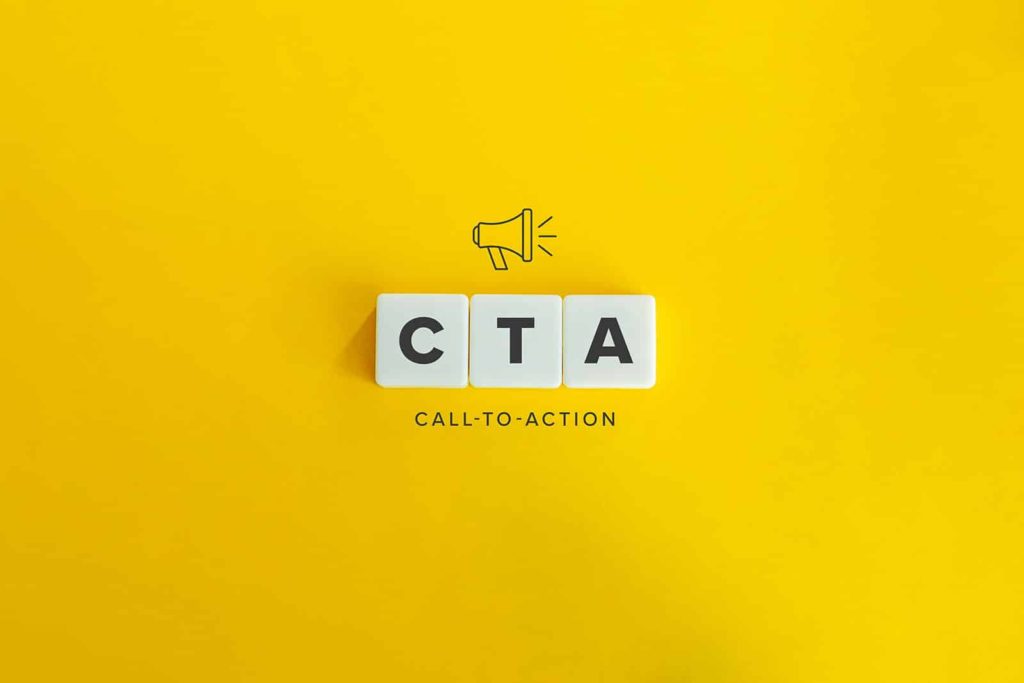In the fast-paced world of content creation, specific action-driven content is vital for achieving clear goals, both for business and digital marketing efforts. Since not every content marketing strategy is viable, identifying and implementing actionable ones is the top priority. Here are nine great data-driven ways to ensure your content produces results.
Table of Contents
1. Understand Your Audience
Just like a comedian telling dirty jokes to an audience full of families would not do well, writers and websites must also understand the needs, preferences, and pain points of those who read their content. This is called “knowing your audience” or audience demographics.
Website analytics are important for audience research and segmentation. If the website is dedicated to power tools, for example, you may find that the most common Google search that leads people to your page is “What is a coping saw?” This suggests that more articles about coping saws could result in higher website traffic. It also helps you to identify the most effective content format.
2. Define Clear Objectives
Without specific and measurable business goals, you won’t know if you’re doing well. For example, podcast websites would focus on downloads, while web stores should measure their success based on sales, and service providers would aim to increase their sign-ups.
By focusing goals in one specific area (like brand awareness) or metric, you can better strategize how to achieve their most important objective. Having a high number of page views is nice but unless it directly translates to increased revenues, the overall goal will not have been achieved.
3. Craft Compelling Headlines
According to the Washington Post, roughly 60% of internet users only read headlines and don’t bother with the article.
If the headline is compelling enough, you can get readers to become part of that 40%. Many people complain about “clickbait headlines” but it works and if your articles are substantive and interesting, no one will accuse you of only caring about ad revenues.
4. Optimize Content Structure for Readability
For maximum readability, articles should contain subheadings, bullet points, and short paragraphs. This helps avoid the “wall of text” that some readers can find daunting and decide they’d prefer to find the information from a more easily digestible source.
When reading articles written by others, you’ll often find visual elements like images, videos, or infographics. These are key to helping the reader understand what they’re reading by putting it into a different format.

5. Employ a Strong Call to Action (CTA)
If the purpose of a piece of content is to drive sales for Bill’s Potato Chips, the last paragraph should end with something like, “If you’re a fan of delicious, healthy potato chips, buy a bag of Bill’s Potato Chips today!”
In this example, the CTA restates the value proposition (i.e., you can get great potato chips) and encourages the reader to make a purchase. Adding “Today” is essential because it suggests urgency. It tells the reader that they should do the thing in question before they forget or before it’s too late. You can then quantify those results by tracking your conversion rates and lead generation efforts.
6. Use Persuasive Language
Persuasive language helps establish a connection between the writer and the reader. Emotional appeals, customer testimonials, anecdotes, and other devices can convince the reader that what you’re saying is true and that using the product or service is worth it.
If you’re advertising computers, for example, you’ll want to mention the processor speed but if the reader doesn’t know anything about computers, they won’t understand why it’s important. If you explain that the computer’s high processing speed means the machine will work faster, you’ll get their attention and possibly a sale by analyzing the buyer’s journey.
7. Leverage Social Proof
To build trust, user reviews, testimonials, and case studies are valuable tools that can drive sales. The first question potential customers will likely have is, “Does it work?” By hearing from real people or celebrities, they’ll start to believe in the product or service more readily.
For video content, testimonials can easily be included, either as images or text. For social media platforms, reaching out to an influencer and offering some free products in exchange for an advertisement can work excellently. On a website, you can use images, videos, direct quotations, or screenshots.
8. Optimize for Search Engines (SEO)
Search engine optimization (SEO) makes sure that the right audience finds your content at the perfect time by making sure that it’s found within the first few search results. Think about it – how often do you go to page two or three of search results? Most people just check the top three or four.
It involves using relevant keyword research, meta descriptions of about 150 characters that summarize the article, and determining user intent (i.e. if a user is searching for barn-building materials, they probably want to build a barn. If your website sells barn-building kits, the customer will be directed to you as soon as possible.
9. Test and Analyze Your Content
Constant testing and monitoring are required to make sure that your strategies are successful and that your types of content is appealing to your target audience. A/B testing is a great way to make sure that you’re choosing the right thumbnails or headlines, for example.
Many email marketing and social media platforms have built-in metrics, although the best tracking may be from Google Analytics and third-party SEO Tools like SEMrush and Ahrefs. For videos, “time spent watching” will tell you if viewers get bored and stop watching partway through. For websites, impressions and the referral link addresses (i.e., what backlinks are driving organic traffic to your website) will give the best overview of your effectiveness and make sure customers’ needs are met.
This can also be extended to using a content calendar to see when the best times are to add social media posts for your readers.
Conclusion
Good content engages viewers, provides them with information and/or entertainment, and persuades them to use your product or service. High-quality content that gets the reader’s attention will do wonders for your product, service, or brand. By using the strategies listed above, you can make sure they’ll keep coming back.
For more information on inbound marketing, check out our website. Do you have any experiences or tips about valuable content creation that you’d like to share? Leave us a comment; we’d love to hear from you!
FAQ
HubSpot Inbound Marketing Certification Answers – How can you ensure your content drives action?
